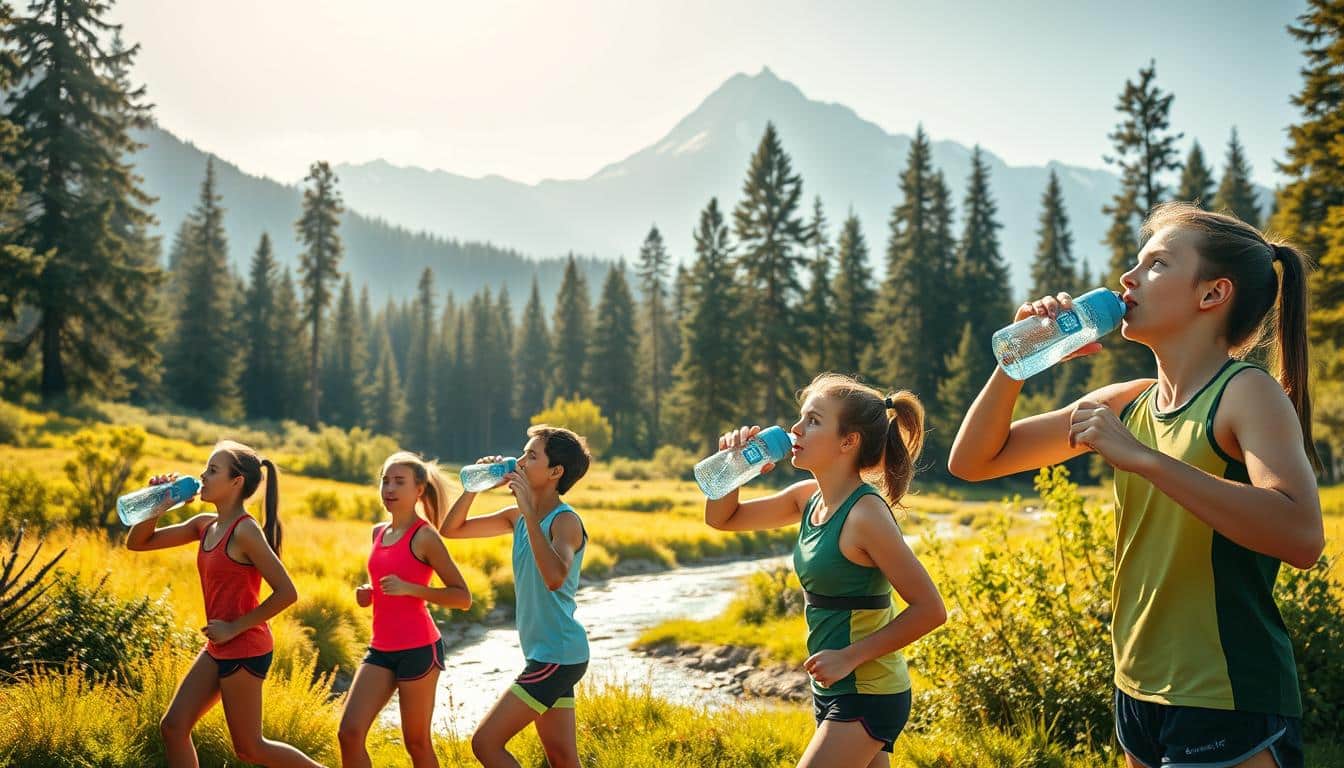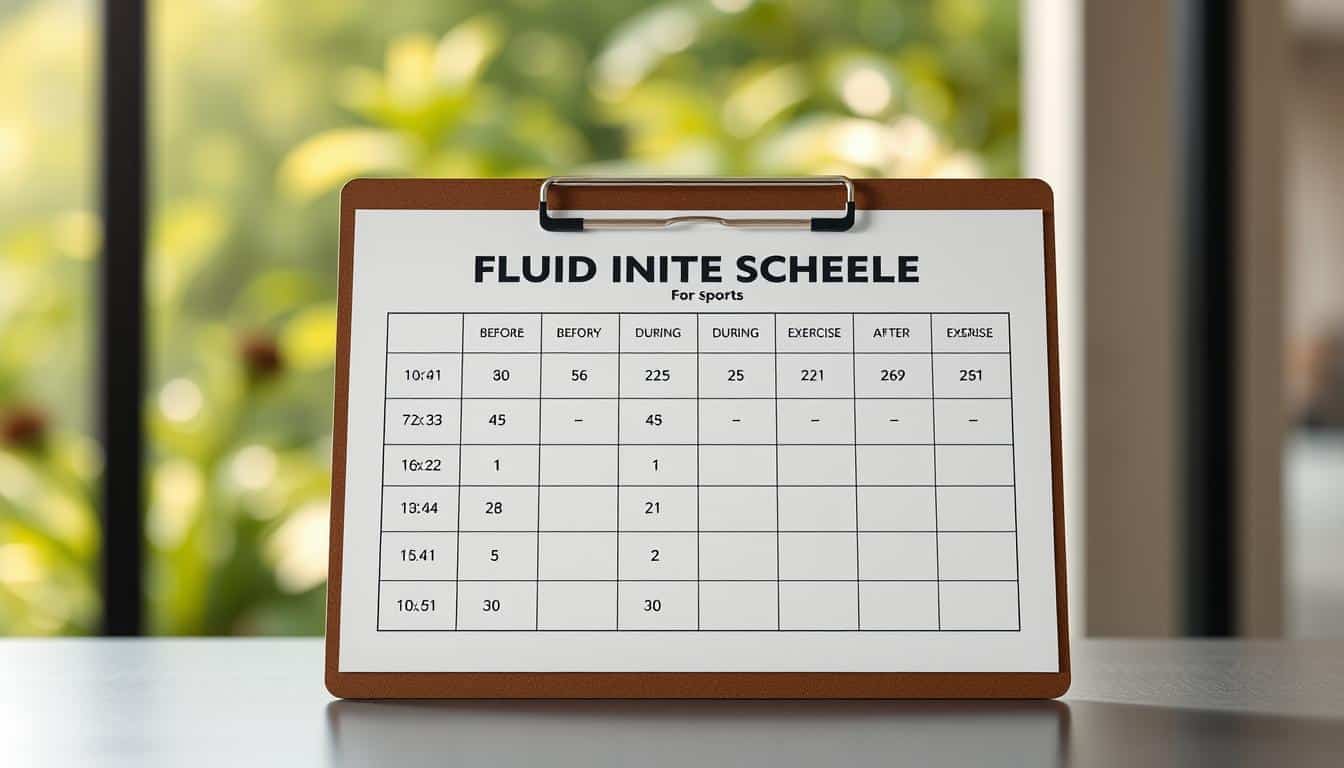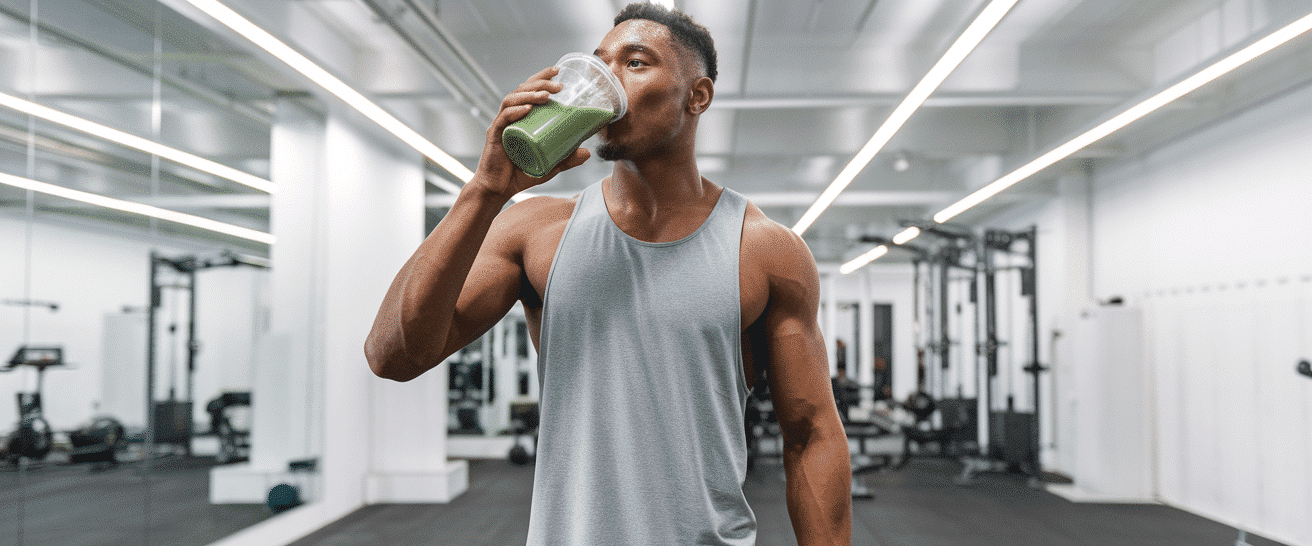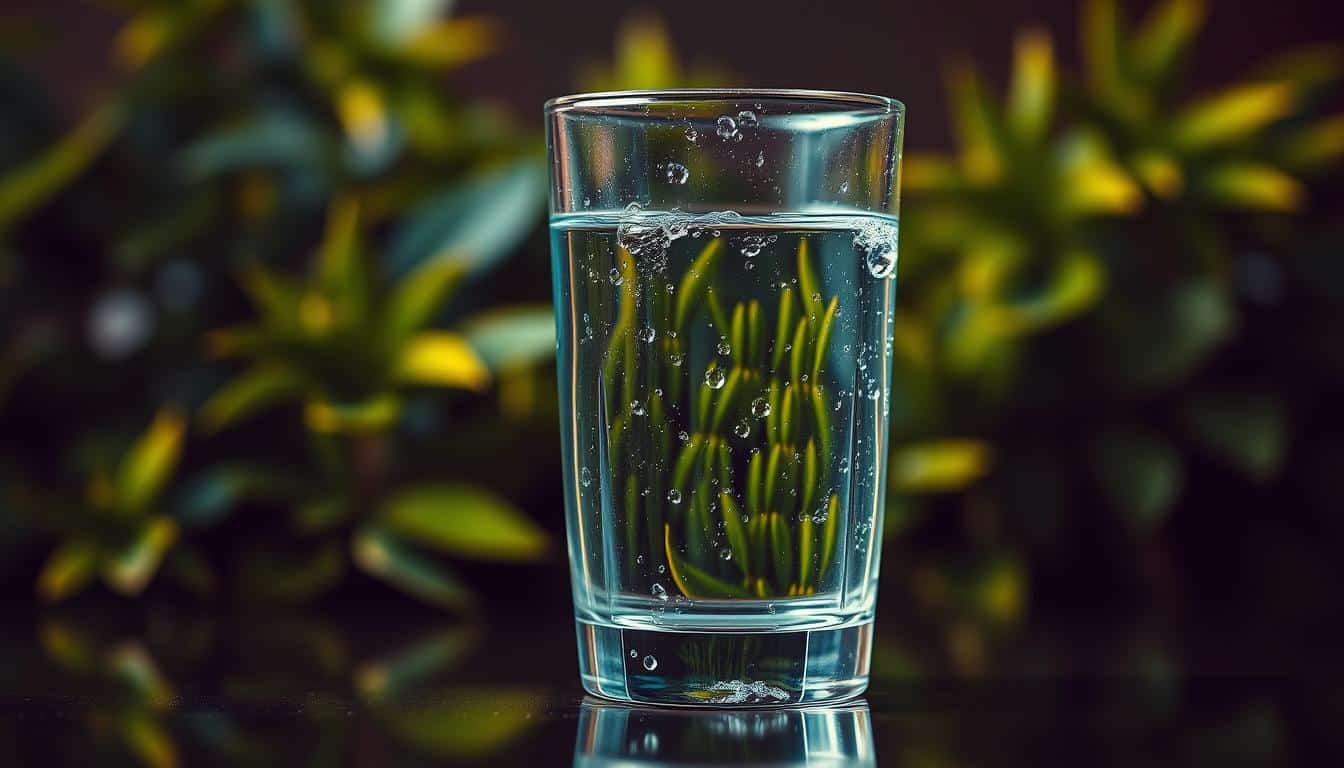Did you know your body is 60% water? Losing just 2% of that during sports can reduce performance by up to 20%. That’s like running a race with a backpack full of bricks—your muscles work harder, but results don’t improve.
When players push themselves, they lose fluid through sweat and breathing. Without enough water, blood thickens like syrup. This makes it harder to deliver oxygen to muscles, slowing reaction times and sapping energy.
Water isn’t just about quenching thirst. It keeps joints moving smoothly, clears waste from cells, and acts like a built-in air conditioner during workouts. Even mild dehydration can make drills feel tougher and recovery take longer.
Parents and coaches often focus on training or gear, but water intake directly impacts safety and success in sports. Understanding how it works helps you support young competitors better—and that’s where we start.
Benefits of Proper Hydration for Young Athletes
Proper fluid intake acts like a performance booster for active kids. When athletes drink enough water throughout the day, their bodies work like well-oiled machines. Muscles stay springy, joints move smoothly, and the heart pumps efficiently—even during intense drills.

Here’s what science tells us: Losing just 2% of your body’s fluids—about the weight of a baseball—slows reaction times and saps power. Hydrated muscles contract faster and recover quicker than parched ones. This means better speed during sprints and more explosive jumps on the court.
Good hydration keeps blood flowing like traffic on a clear highway. Oxygen races to working muscles while waste gets hauled away. When blood volume drops, the heart pumps harder to compensate—like revving a car engine uphill.
- Maintains energy levels during long practices
- Reduces cramping and overheating risks
- Helps avoid focus lapses that lead to injuries
Sports medicine experts see it daily: Athletes who sip fluids regularly outperform those who wait until thirst strikes. It’s not just about water breaks—it’s about building habits that keep their bodies ready to win.
Determining Fluid Needs Before, During, and After Exercise
Fueling with fluids isn’t just about quantity—it’s about timing. Active bodies need different amounts at each stage of physical exertion. Let’s break down what science says about when and how much to drink.

Water Intake Guidelines
Start hydrating early. 17-20 ounces of water 2-3 hours before practice prepares the body like priming an engine. Take another 8 ounces 20 minutes before warm-ups.
During activity, sip strategically:
- Adults: 6-12 ounces every 20 minutes
- Teens: 11-16 ounces every 20 minutes
- Kids: 3-8 ounces every 20 minutes
Hot weather or intense drills? Increase amounts slightly. Watch for sweat rates—damp shirts mean faster fluid loss.
Fluid Replacement After Exercise
Post-workout recovery starts with water. 3 cups per pound lost through sweat helps muscles bounce back faster. Weighing before and after practice gives the clearest picture.
Daily needs vary by size. A simple formula works for most: ½ to 1 ounce per pound of body weight. For a 120-pound player, that’s 60-120 ounces daily—more than non-active peers.
Pre-Workout Hydration Strategies
Ever wonder why some players seem ready to conquer the field while others struggle from the first whistle? The secret often starts hours before the game clock begins.
When to Fuel Up
Think of fluid intake like loading a backpack before a hike. Top it off early, then add final supplies right before departure. Research shows two key windows matter most:
- 17-20 ounces 2-3 hours before activity
- 8 ounces 20 minutes before warm-ups
This staggered approach gives the body time to absorb what it needs without feeling sloshy.
Choosing Your Liquid Prep
For most practices, plain water works perfectly. But when facing intense sessions lasting over an hour, consider 24 ounces of electrolyte drinks two hours beforehand. Johns Hopkins studies found this helps maintain sodium levels during endurance sports.
One golden rule: Never experiment with new sports drinks on game day. Test options during regular training to avoid stomach surprises when it counts.
Smart timing beats last-minute chugging every time. Set phone reminders or pack labeled bottles to make pre-exercise sipping automatic. Your athlete’s performance will thank you by halftime.
Hydration Tips for Young Athletes
Building smart habits makes hydration effortless for active kids. The secret? Turn sipping into a seamless part of daily life—no spreadsheets or complicated charts needed.
Creating a Daily Hydration Routine
Start small and stay consistent. If your athlete needs 120 ounces daily, divide it into 8-ounce portions every two hours. Use phone alarms between classes or practice drills as friendly reminders.
During training, encourage small sips every 15-20 minutes. A marked water bottle helps track progress while keeping fluids cold and accessible. Bonus: Choose colorful designs they’ll want to carry everywhere.
Don’t forget water-rich snacks! Add cucumber slices to lunchboxes or pack chilled watermelon cubes post-game. These choices boost fluid intake while providing essential vitamins.
Consistency beats perfection. Missed a reminder? Just grab the bottle and sip. Over time, these simple steps become second nature—helping athletes perform their best without extra effort.


